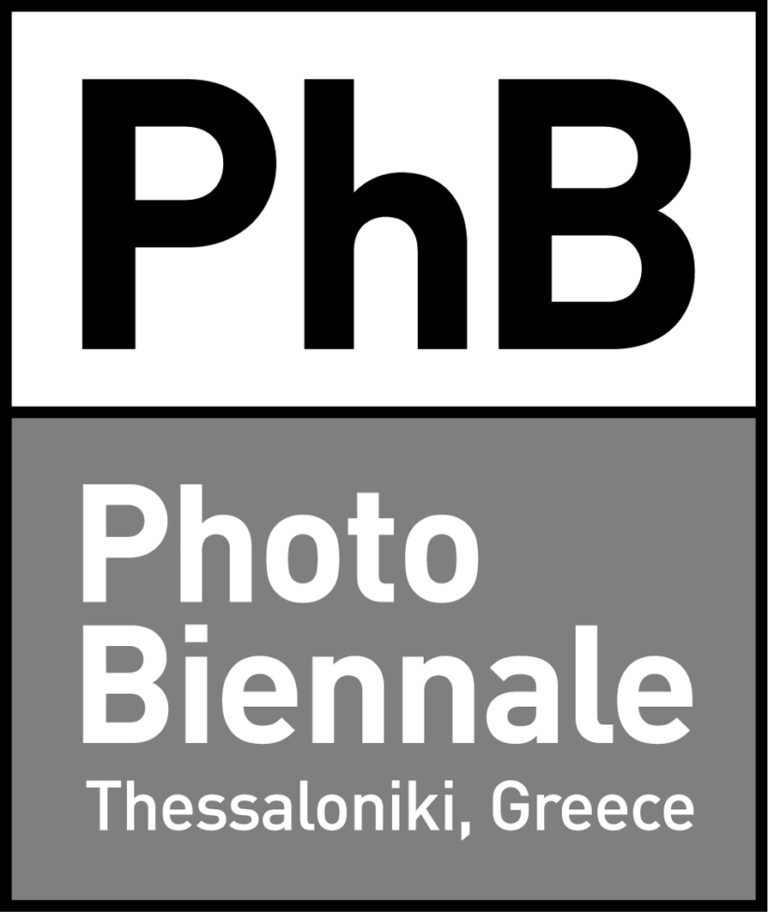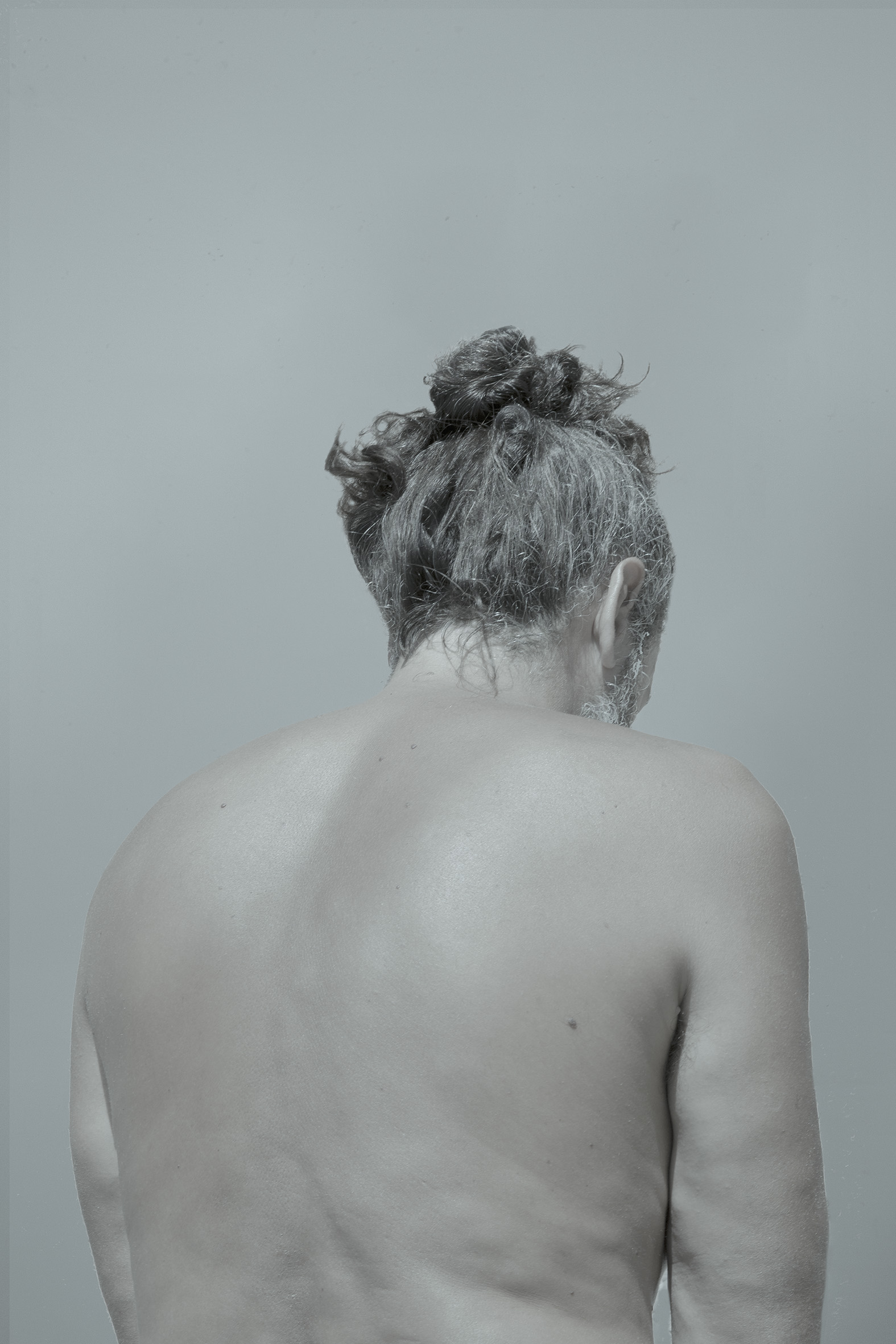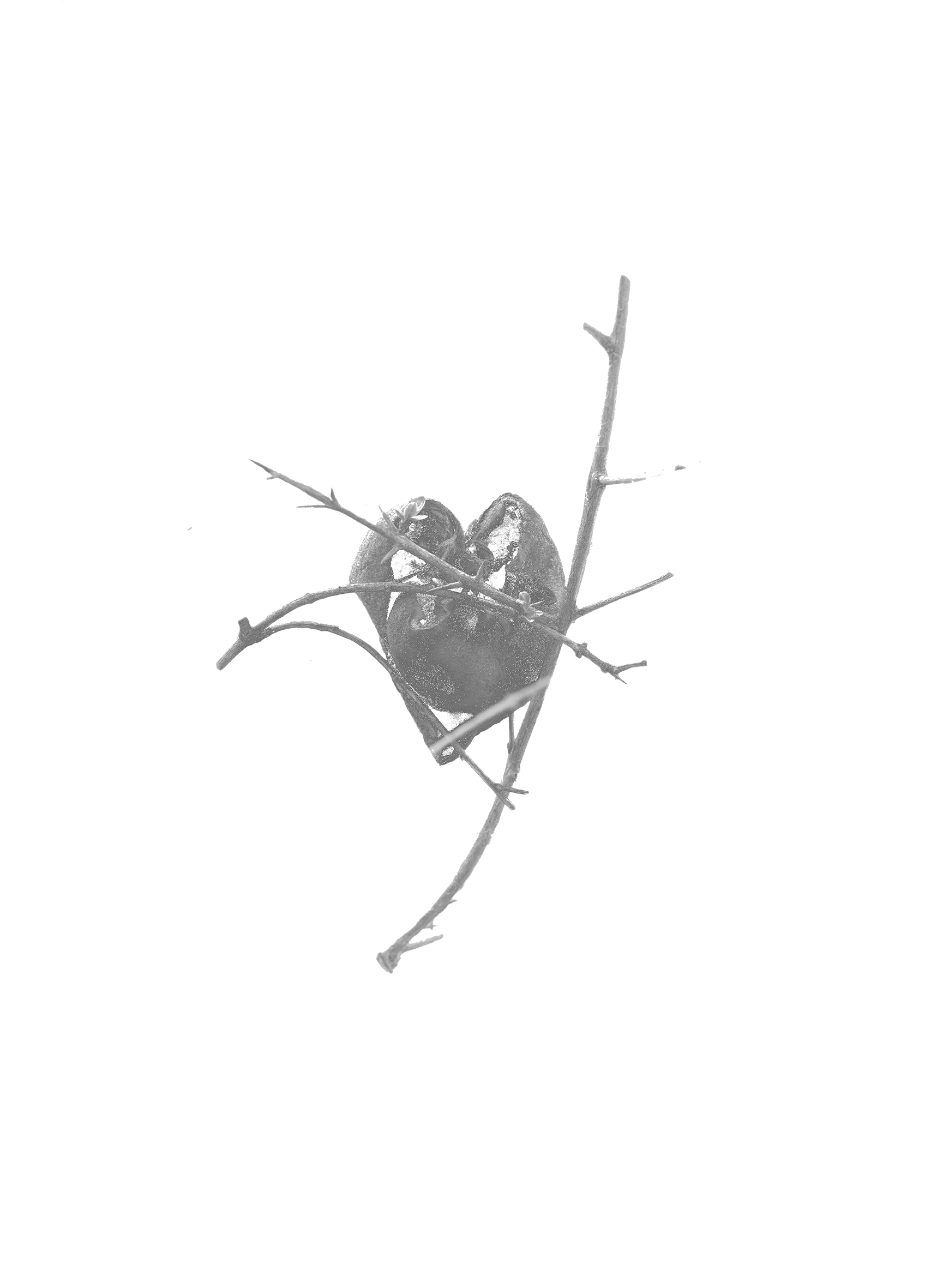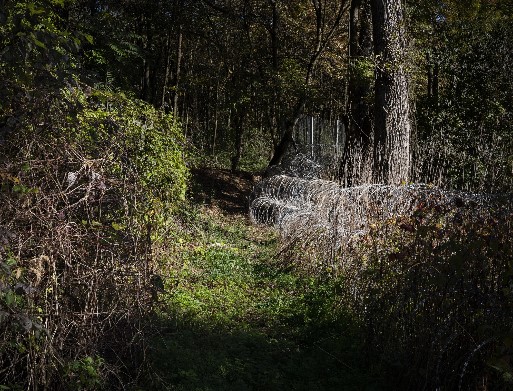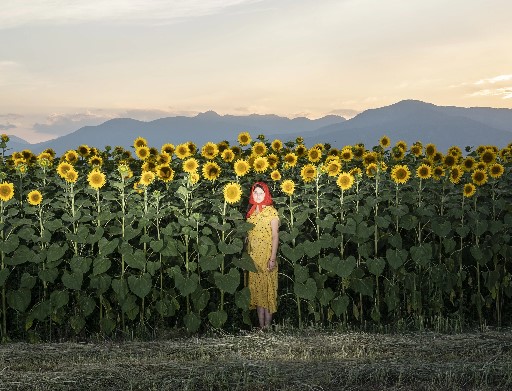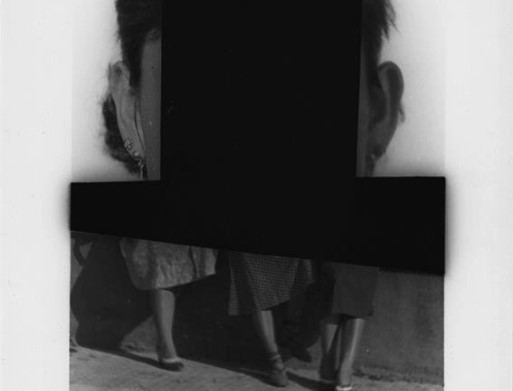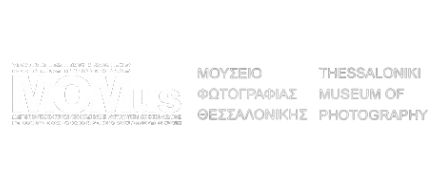Mineral gemstone, amulet/amulet or healing symbol, unique colour, tradable material with numerous qualities; all these aspects constitute the multifaceted identity of turquoise, which photographer/geologist Ioustini Drakoulakou attempts to approach photographically, scientifically and anthropologically. Having studied the history of turquoise, she does not omit any part of its identity in her investigation and deconstruction.
She attempts to bring out the historiographical, geological and conceptual aspects of the mineral, but also its more obscure and deeply psychological aspect, the one that seeks and locates in the gemstone properties that are metaphysically healing, soothing and auspicious.
The elements of turquoise and at the same time the human body meet and “embody” every concept around this gemstone in several multiple photographic ways and versions; they become the field where superstition and reality meet and find a way to coexist.
This exhibition is a multimedia installation, based on the innumerable possibilities of photography and the multiple roles that this medium has at its disposal: information, documentation, but also poetic expression.
Areti Leopoulou
—
Turquoise is a hydrated phosphate of copper and aluminum. Its chemical composition, CuAI6(PO4)4(OH)8.4(H20) could vary in different specimens of the mineral and any change in it effects the color, weight or hardness of the stone. If, for instance, it is subjected to heat, its colour fades; if it is treated with oil, its colour darkens. Due to its changeable nature, it has been an ideal paradigm for the creation of myths and superstitions, since ancient times. In the “Old World” turqoise was considered to have many qualities and for 6.000 years was thought of as the “fearless gem”.
Growing up in a world of polarising forces, the complicity of science with a galloping technological progression has turned into a new kind of God. On the antipodes of science and positivism, there is a growing tendency for talismanic, primitive beliefs that reject positivistic thought in favour of neo-apocalyptic conspiracy theories.
Sometimes these two worlds are entangled; entanglement begins as a straightforward metaphor, of threads or strings knotted together that are hard to tease apart. Many other times they choke; most of the times, their ideological and community bubbles do not even intersect with each other. In recent years, there has been more and more of a tendency for rejection of the reliability of the other side, and a scepticism of the interests that it might serve.
LOSING TURQUOISE addresses this entanglement or division between science and superstition. The gemstone draws this relation not only in its geologically related aspects but also on its mythological, ethnological, historical, and talismanic properties and roles. The human body symbolises the living filter, through which the tension between these contradictory worlds is “somatised”.
Additionally, it exemplifies our contemporary lifestyle. More than ever, we are interconnected but at the same time isolated -prisoners of our own belief systems. I employ and perform my methodology as a geology researcher to build a practice and a research steeped in visuality and symbolic associations that aim to speak mainly for the physical and emotional effects that this division creates.
Sometimes the outcome from several incidents that occurred over time may lead to a state of re-evaluation of what once was considered to be important or crucial for one’s well-being. There is a world that is collapsing for a new one to be built.
From an empirical and somatic point of self-observation, Losing Turquoise exhibition attempts to research the pieces of this puzzle, and to address existential issues.
Special thanks to:
Natasha Christia, Lia Nalbantidou, Katerina Lioliou, Eleni-Vaia Drakoulakou, Aquamarina Adonopoulou, Stratos Kalafatis, Professor Nikolaos Kantiranis, Christos Kirtzaliotis, Nigel Perkins.
